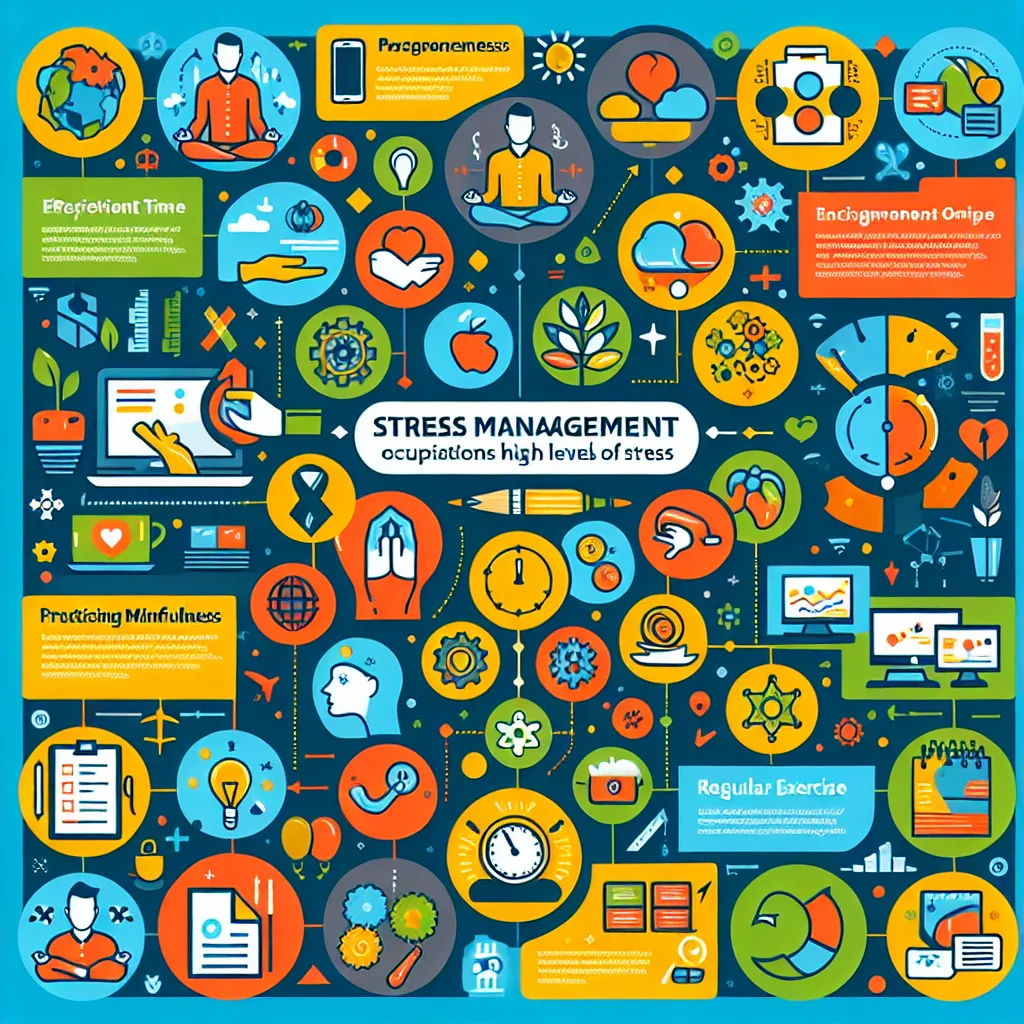The IELTS Reading section is a crucial component of the test, assessing your ability to comprehend complex texts and extract relevant information. Today, we’ll focus on a topic that has gained significant attention in recent years: supporting mental health for adolescents. This subject has appeared in various forms in past IELTS exams and, given its ongoing relevance, is likely to resurface in future tests.
Nội dung bài viết
- Reading Passage
- Supporting Mental Health for Adolescents: A Multifaceted Approach
- Questions
- True/False/Not Given
- Multiple Choice
- Matching Information
- Summary Completion
- Answer Key
- True/False/Not Given
- Multiple Choice
- Matching Information
- Summary Completion
- Detailed Explanations
- Common Mistakes to Avoid
- Vocabulary
- Grammar Focus
- Tips for Success
Based on our analysis of past IELTS exams and current trends, topics related to adolescent mental health have shown a steady increase in frequency. This reflects the growing global awareness of mental health issues among young people. As such, being well-versed in this subject will not only prepare you for potential exam questions but also enhance your understanding of a critical societal issue.
Let’s dive into a practice reading passage on this topic, followed by a series of questions to test your comprehension and analytical skills.
Reading Passage
Supporting Mental Health for Adolescents: A Multifaceted Approach
Adolescence is a critical period of development, characterized by significant physical, emotional, and social changes. During this time, young people are particularly vulnerable to mental health challenges. Recent studies have shown an alarming increase in mental health issues among adolescents, with conditions such as anxiety, depression, and eating disorders becoming increasingly prevalent. This trend has prompted educators, healthcare professionals, and policymakers to seek effective strategies to support adolescent mental health.
One key approach to supporting adolescent mental health is through school-based interventions. Schools play a crucial role in adolescents’ lives, providing not only education but also a social environment that significantly impacts their well-being. Many schools are now implementing mental health awareness programs, which aim to reduce stigma and encourage open discussions about mental health. These programs often include educational sessions on recognizing signs of mental distress, stress management techniques, and information on where to seek help.
Another important aspect of supporting adolescent mental health is the promotion of healthy lifestyle habits. Regular physical activity, adequate sleep, and a balanced diet have been shown to have positive effects on mental well-being. Schools and community organizations are increasingly incorporating these elements into their programs, offering sports activities, nutrition education, and guidance on maintaining healthy sleep patterns.
The role of technology in adolescent mental health is complex and multifaceted. While excessive use of social media and digital devices has been linked to increased rates of anxiety and depression, technology can also be leveraged as a tool for support. Online platforms and mobile applications designed to provide mental health resources and support are becoming more prevalent, offering accessible options for adolescents who may be reluctant to seek help through traditional channels.
Family support is another crucial factor in maintaining adolescent mental health. Parents and caregivers play a vital role in creating a supportive home environment, recognizing signs of mental health issues, and facilitating access to professional help when needed. Many communities now offer workshops and resources for parents to help them better understand and support their adolescents’ mental health needs.
Professional mental health services, including counseling and therapy, remain essential components of a comprehensive approach to adolescent mental health. However, access to these services can be challenging due to factors such as cost, availability, and stigma. Efforts are being made to increase the accessibility of mental health services, including the integration of mental health professionals into school settings and the expansion of telehealth options.
Peer support programs have also shown promise in supporting adolescent mental health. These programs train students to recognize signs of distress in their peers and provide initial support and referrals. By leveraging the natural social connections among adolescents, peer support programs can help create a more supportive school environment and increase the likelihood that students will seek help when needed.
As our understanding of adolescent mental health continues to evolve, so too do the strategies for support. A holistic approach that combines school-based interventions, promotion of healthy lifestyles, technological solutions, family support, professional services, and peer support programs offers the best chance of addressing the complex mental health needs of adolescents in today’s rapidly changing world.
 Adolescent mental health support
Adolescent mental health support
Questions
True/False/Not Given
Determine whether the following statements are True, False, or Not Given based on the information in the passage.
- Adolescence is a period of stability in mental health.
- School-based interventions are considered ineffective in supporting adolescent mental health.
- Regular physical activity has been proven to positively impact mental well-being in adolescents.
- All online platforms and mobile applications have negative effects on adolescent mental health.
- Parents play a crucial role in supporting adolescent mental health.
Multiple Choice
Choose the correct letter, A, B, C, or D.
-
According to the passage, which of the following is NOT mentioned as a strategy for supporting adolescent mental health?
A) School-based interventions
B) Promotion of healthy lifestyle habits
C) Medication
D) Peer support programs -
The passage suggests that technology’s role in adolescent mental health is:
A) Entirely positive
B) Entirely negative
C) Complex and multifaceted
D) Not significant
Matching Information
Match the following statements (8-12) with the correct paragraph (A-H) from the passage. Write the correct letter A-H in boxes 8-12 on your answer sheet.
- The importance of physical health in mental well-being
- The dual nature of technology’s impact on mental health
- The role of students in supporting their peers’ mental health
- The challenge of accessing professional mental health services
- The implementation of mental health awareness programs in schools
Summary Completion
Complete the summary below using words from the box. Write your answers in boxes 13-17 on your answer sheet.
| stigma | holistic | vulnerable | prevalent | accessibility |
|---|---|---|---|---|
| crucial | complex | reluctant | alarming | workshops |
Adolescence is a (13) __ period when young people are particularly (14) __ to mental health challenges. Recent studies have shown an (15) __ increase in mental health issues among adolescents. To address this, a (16) __ approach is recommended, combining various strategies such as school-based interventions, promotion of healthy lifestyles, and increasing the (17) __ of mental health services.
Answer Key
True/False/Not Given
- False
- False
- True
- False
- True
Multiple Choice
- C
- C
Matching Information
- C
- D
- G
- F
- B
Summary Completion
- crucial
- vulnerable
- alarming
- holistic
- accessibility
Detailed Explanations
-
False – The passage states that adolescence is a “critical period” characterized by significant changes, making young people “particularly vulnerable to mental health challenges.”
-
False – The passage mentions that “Schools play a crucial role in adolescents’ lives” and discusses various school-based interventions.
-
True – The passage explicitly states, “Regular physical activity, adequate sleep, and a balanced diet have been shown to have positive effects on mental well-being.”
-
False – The passage mentions that while excessive use of technology can be harmful, “technology can also be leveraged as a tool for support.”
-
True – The passage states, “Parents and caregivers play a vital role in creating a supportive home environment.”
-
C – Medication is not mentioned in the passage as a strategy for supporting adolescent mental health.
-
C – The passage describes technology’s role as “complex and multifaceted,” mentioning both potential negative impacts and positive uses.
-
C – Paragraph C discusses the importance of “healthy lifestyle habits” including physical activity.
-
D – Paragraph D discusses both the negative and positive aspects of technology in relation to mental health.
-
G – Paragraph G describes peer support programs where students are trained to support their peers.
-
F – Paragraph F mentions challenges in accessing professional mental health services.
-
B – Paragraph B discusses the implementation of mental health awareness programs in schools.
-
crucial – This word best describes the importance of adolescence in mental health development.
-
vulnerable – The passage states that adolescents are “particularly vulnerable to mental health challenges.”
-
alarming – This word accurately describes the concerning increase in mental health issues among adolescents.
-
holistic – The passage concludes by recommending a “holistic approach” combining various strategies.
-
accessibility – The passage mentions efforts to “increase the accessibility of mental health services.”
Common Mistakes to Avoid
-
Misinterpreting “Not Given” statements: Remember, if the information is not explicitly stated in the passage, it should be marked as “Not Given.”
-
Overlooking key words: Pay close attention to words like “all,” “never,” or “always” in True/False/Not Given questions, as they can change the meaning of a statement.
-
Choosing answers based on general knowledge: Always base your answers on the information provided in the passage, not on your own knowledge of the topic.
-
Rushing through the passage: Take time to understand the main ideas and structure of the text before attempting to answer questions.
-
Ignoring context: When matching information or completing summaries, make sure to consider the context of the entire paragraph or passage.
Vocabulary
- Adolescence (noun) /ˌædəˈlesəns/ – the period of life when a person develops from a child into an adult
- Prevalent (adjective) /ˈprevələnt/ – widespread or common at a particular time or place
- Stigma (noun) /ˈstɪɡmə/ – a mark of disgrace associated with a particular circumstance, quality, or person
- Intervention (noun) /ˌɪntərˈvenʃən/ – the action or process of intervening
- Multifaceted (adjective) /ˌmʌltiˈfæsɪtɪd/ – having many different aspects or features
Grammar Focus
Pay attention to the use of present perfect tense in the passage, such as:
“Recent studies have shown an alarming increase in mental health issues among adolescents.”
This tense is used to describe actions that started in the past and continue to have relevance in the present. It’s formed using “have/has” + past participle.
Practice forming sentences using the present perfect tense to discuss ongoing trends or recent developments in various topics.
Tips for Success
-
Time management is crucial in the IELTS Reading test. Practice reading quickly but thoroughly to improve your speed and comprehension.
-
Familiarize yourself with different question types and develop strategies for each.
-
Improve your vocabulary by reading widely on various topics, particularly those commonly featured in IELTS exams.
-
Practice skimming and scanning techniques to quickly locate specific information in the text.
-
Always read the instructions carefully and pay attention to word limits in your answers.
-
Use context clues to understand unfamiliar words rather than getting stuck on them.
-
Remember to transfer your answers accurately to the answer sheet within the given time.
By following these tips and practicing regularly with diverse reading materials, you’ll be well-prepared to tackle the IELTS Reading section confidently. Good luck with your IELTS preparation!
For more information on related topics, you might find these articles helpful:


